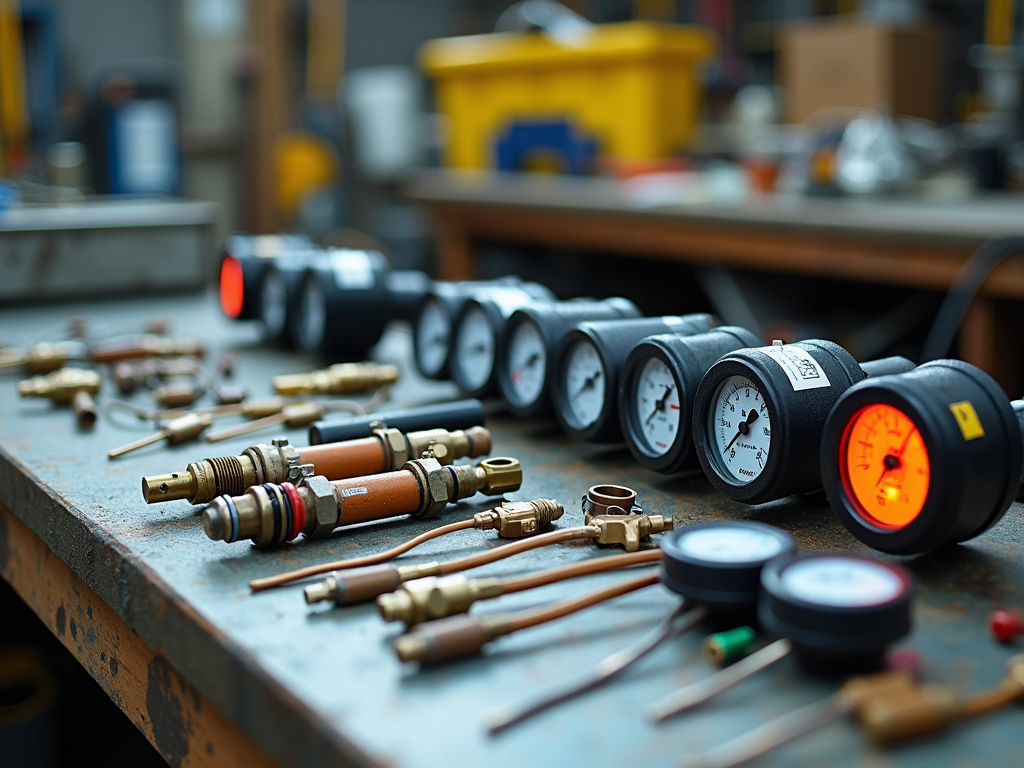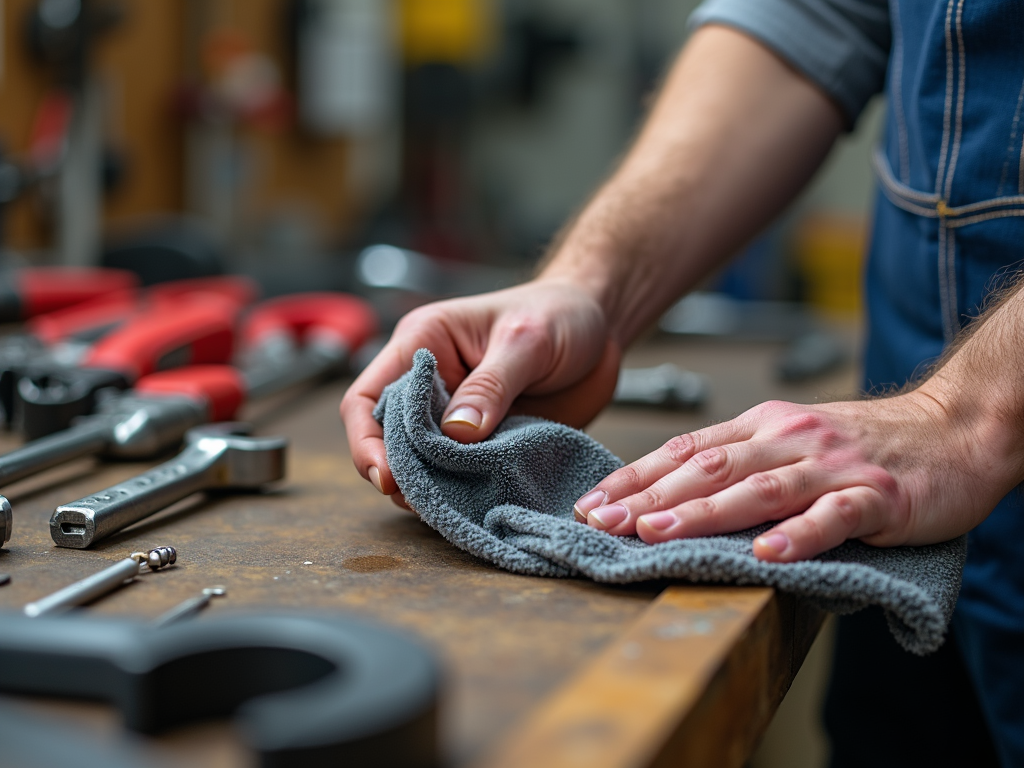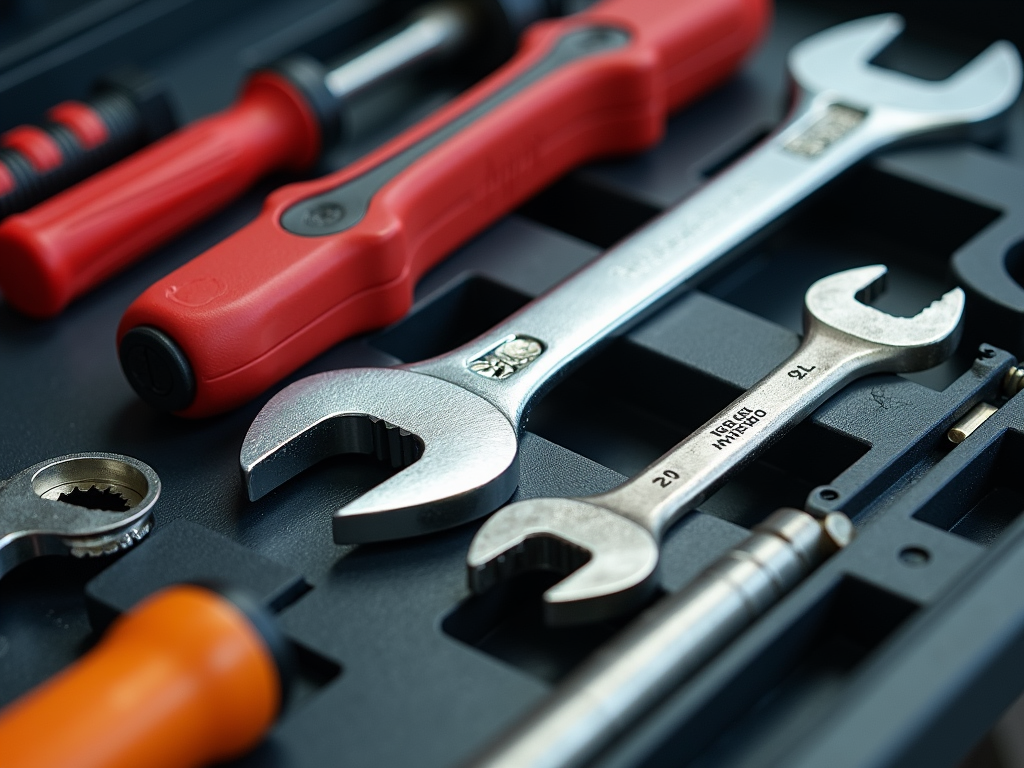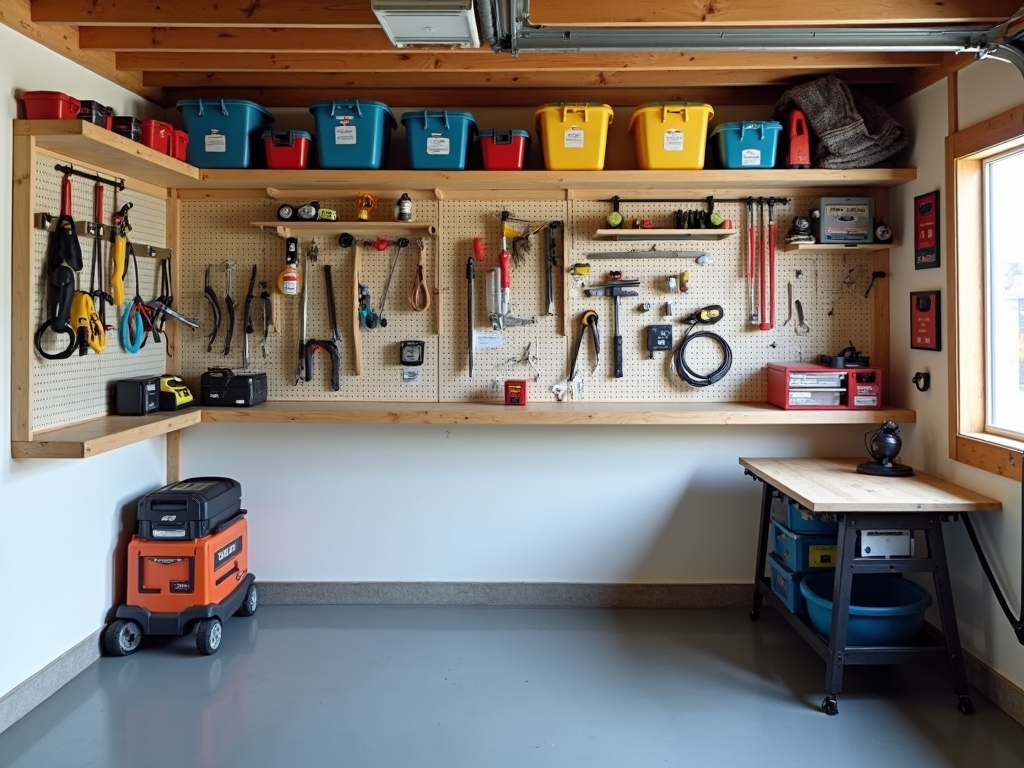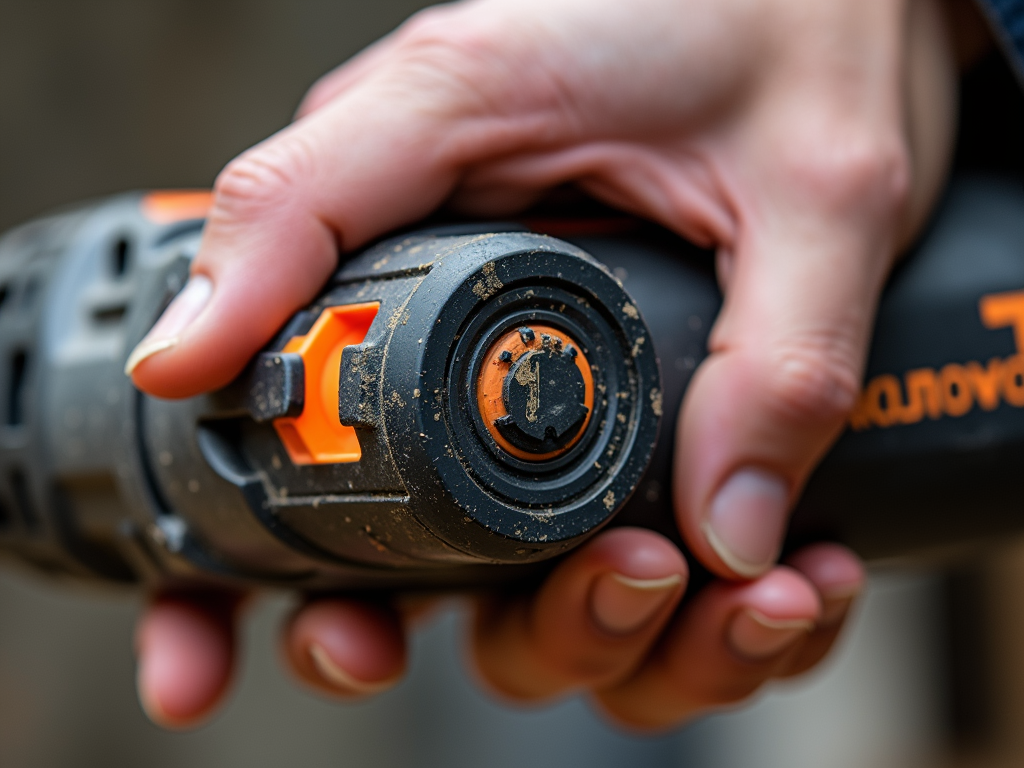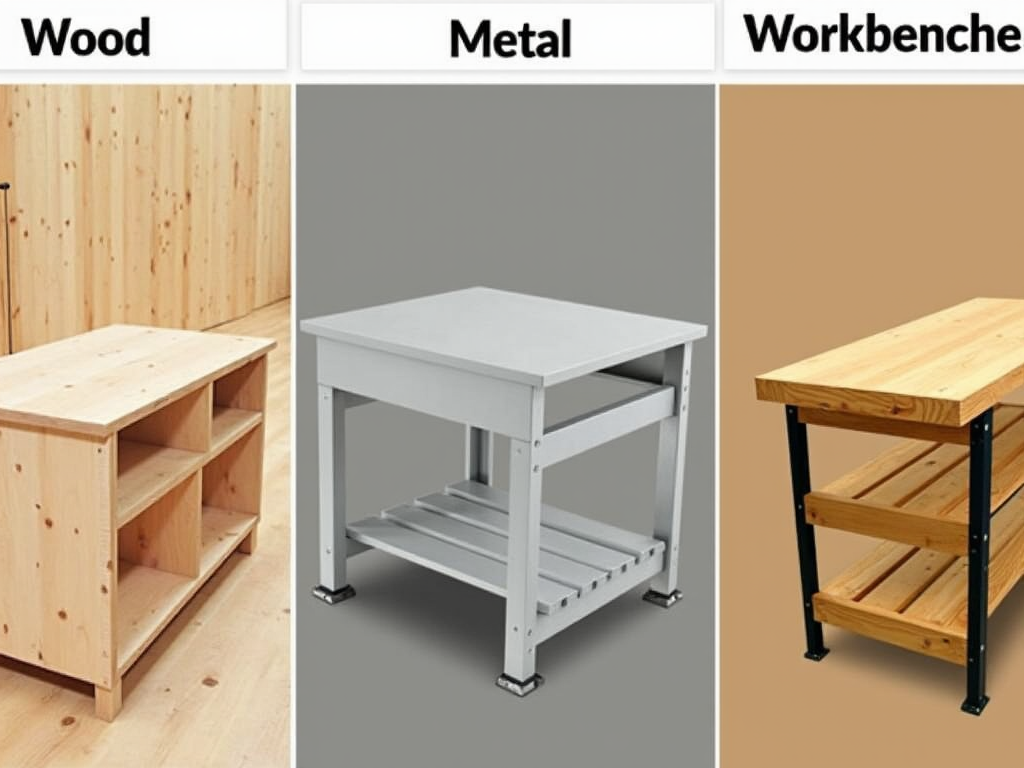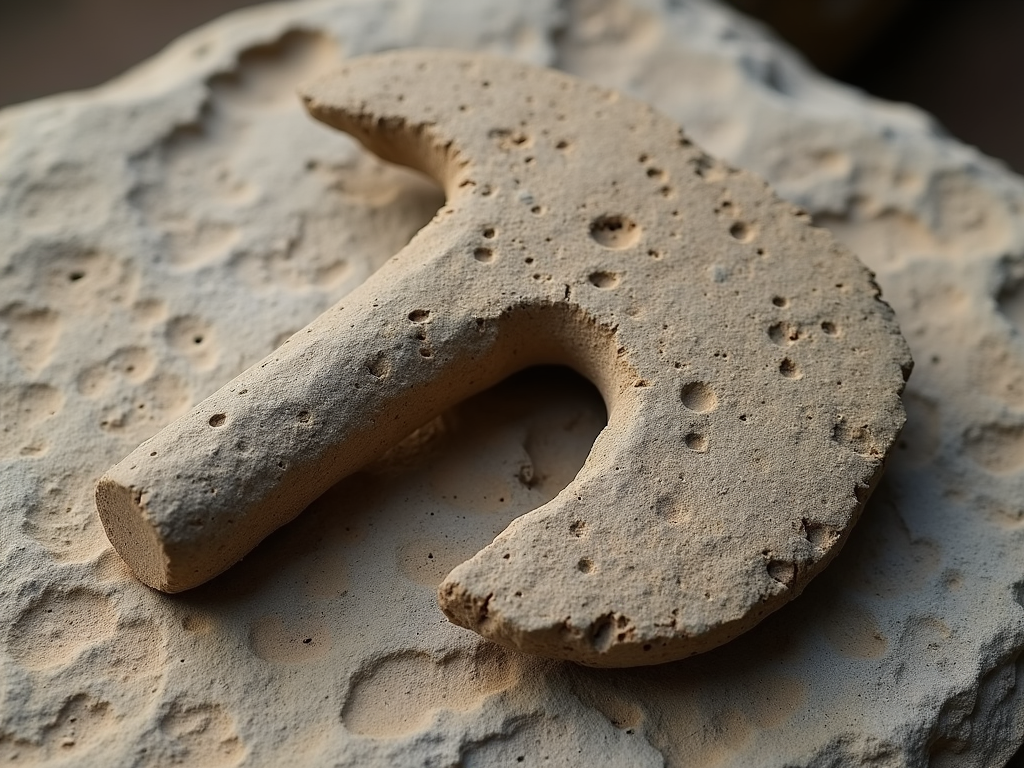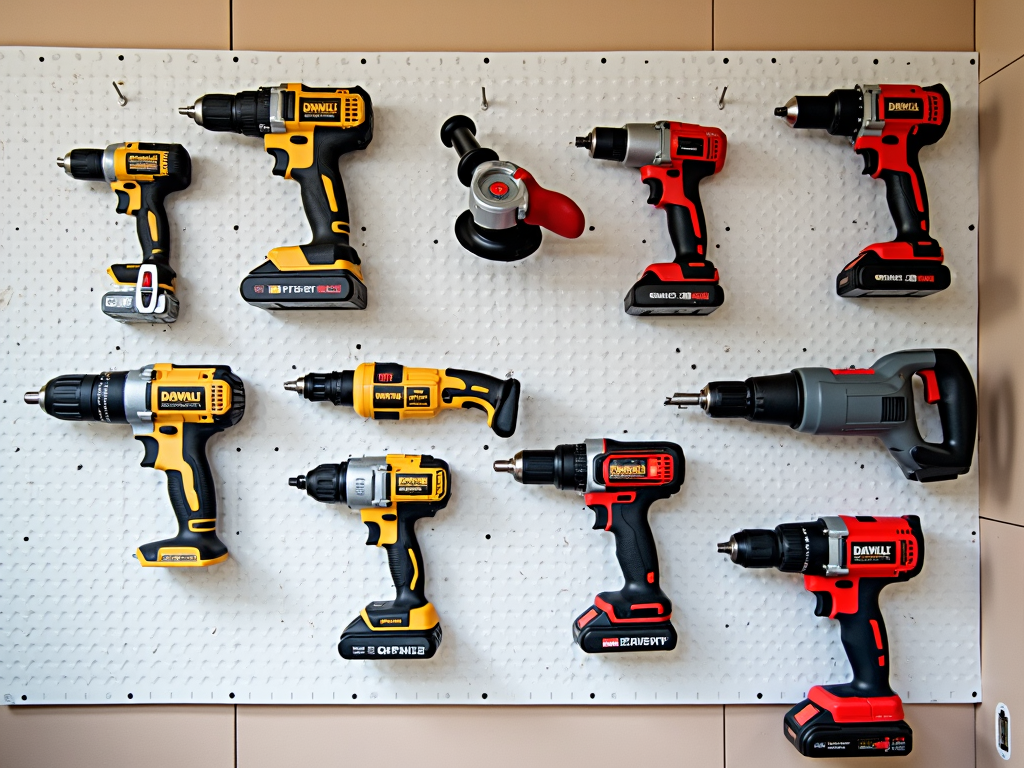Rotary tools are a must-have for any DIY enthusiast. Their versatility and precision make them ideal for a wide range of tasks, from cutting and grinding to sanding and polishing. In this guide, we'll explore how to use rotary tools to enhance your DIY projects, share personal tips and insights, and provide recommendations for the best accessories and techniques.
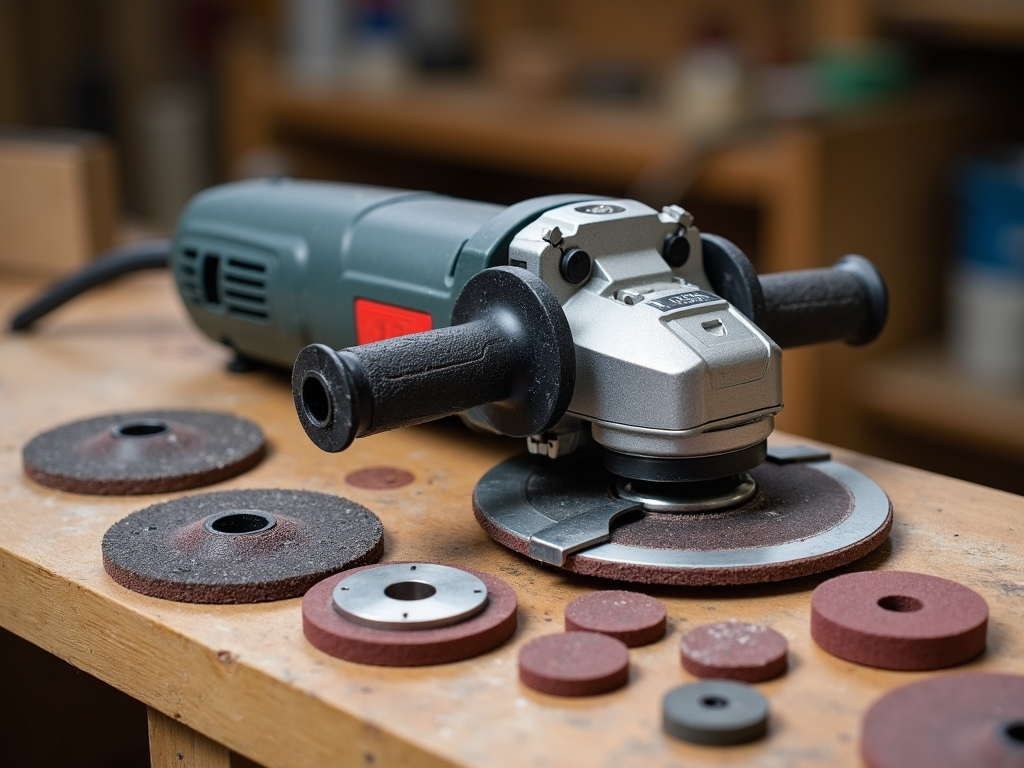
What is a Rotary Tool?
A rotary tool is a handheld power tool that uses a rotating bit to perform various tasks. It's like a mini drill, but with a lot more capabilities. The most popular brands are Dremel and Proxxon, but there are many others available.
Rotary tools are known for their high speed and precision, making them perfect for detailed work. They can be used on a variety of materials, including wood, metal, plastic, and even glass.
Basic Functions of a Rotary Tool
The basic functions of a rotary tool include:
- Cutting: Using cut-off wheels or saw blades to cut through materials.
- Grinding: Using grinding stones or bits to sharpen tools or smooth rough edges.
- Sanding: Using sanding drums or discs to sand small areas or intricate details.
- Polishing: Using polishing wheels or buffs to shine metal or plastic.
- Engraving: Using engraving bits to create custom designs on various materials.
Each function requires specific accessories, which we'll discuss next.

Rotary Tool Accessories and Attachments
One of the best things about rotary tools is the vast array of accessories available. Here are some of the most common ones:
- Cut-off wheels: For cutting metal, wood, or plastic.
- Grinding stones: For sharpening tools or grinding down materials.
- Sanding drums: For sanding wood or other materials.
- Polishing wheels: For buffing and polishing.
- Engraving bits: For creating detailed designs.
- Drill bits: For drilling small holes.
- Wire brushes: For cleaning or removing rust.
It's important to choose the right accessory for the job. Using the wrong one can damage your workpiece or the tool itself.
Using Rotary Tools in DIY Projects
Now, let's talk about how to use rotary tools in your DIY projects.
Project 1: Customizing Wooden Furniture
I recently used my rotary tool to add custom designs to a wooden coffee table. I used an engraving bit to carve intricate patterns into the wood, then sanded and polished the surface for a smooth finish. The rotary tool made it easy to create detailed work that would have been difficult with larger tools.
Tips: - Start with a light touch and increase pressure gradually. - Use a template or stencil for consistent designs. - Practice on scrap wood first to get a feel for the tool.

Project 2: Repairing Jewelry
I also used my rotary tool to repair a broken necklace. The clasp was damaged, so I used a small grinding stone to smooth out the rough edges and then polished it to restore its shine. The precision of the rotary tool was perfect for such delicate work.
Tips: - Use a low speed for polishing to avoid overheating the metal. - Secure the jewelry piece firmly to prevent it from moving.
Project 3: Creating Custom Signs
Another fun project was creating custom wooden signs. I used a cutting bit to shape the wood, then engraved the text and designs with an engraving bit. Finally, I sanded and stained the sign for a professional look.
Tips: - Use a router attachment for more control when cutting. - Experiment with different fonts and designs for unique signs.

Common Mistakes and How to Avoid Them
When using rotary tools, it's easy to make mistakes if you're not careful. Here are some common ones and how to avoid them:
- Using the wrong accessory: Always check the compatibility of the accessory with your tool and the material you're working on.
- Applying too much pressure: Let the tool do the work. Applying too much pressure can damage the accessory or the workpiece.
- Not wearing safety gear: Always wear safety glasses and gloves when using power tools.
- Working too fast: Take your time, especially when doing detailed work.
Safety Tips
Safety should always be a priority when using power tools. Here are some essential safety tips for using rotary tools:
- Wear safety glasses to protect your eyes from debris.
- Use gloves to protect your hands.
- Work in a well-ventilated area, especially when cutting or grinding.
- Keep the tool unplugged when changing accessories.
- Secure your workpiece to prevent it from moving.
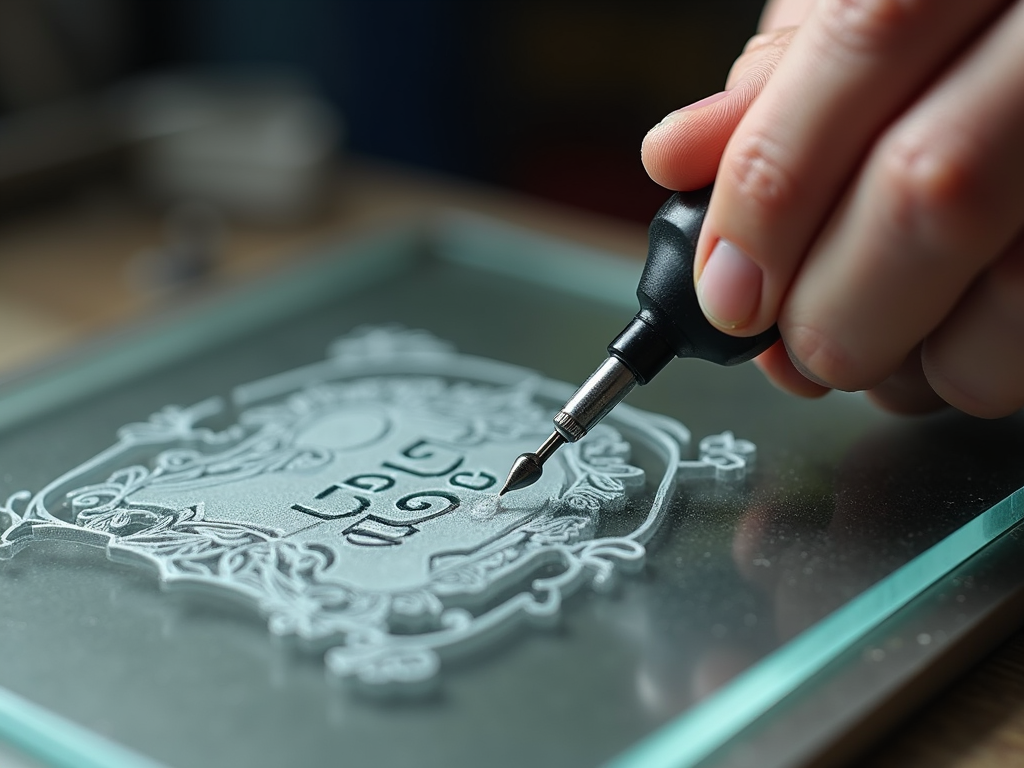
Advanced Techniques
Once you're comfortable with the basics, you can explore more advanced techniques with your rotary tool.
- Using flex shafts: These allow for greater precision and control, especially in tight spaces.
- Attaching router bases: This turns your rotary tool into a mini router for woodworking projects.
- Using drill press attachments: For more accurate drilling.
I personally love using the flex shaft for detailed engraving work. It gives me much better control and reduces hand fatigue.
Choosing the Right Rotary Tool
If you're in the market for a rotary tool, here are some factors to consider:
- Power: Look for a tool with variable speed settings.
- Comfort: Choose a tool that feels comfortable in your hand.
- Accessories: Check if the tool comes with a variety of accessories or if you'll need to purchase them separately.
- Brand reputation: Stick with well-known brands for reliability.
I recommend starting with a mid-range model that offers a good balance of power and affordability. As you gain experience, you can invest in more advanced tools and accessories.
Troubleshooting Common Issues
- Overheating: If your tool is overheating, it might be due to using it at high speeds for too long. Try reducing the speed or taking breaks to let it cool down.
- Accessories breaking: This can happen if you're applying too much pressure or using the wrong accessory for the material. Make sure to use the correct accessory and let the tool do the work.
- Tool not starting: Check if it's plugged in properly or if the battery is charged (for cordless models).
Summary
Rotary tools are incredibly versatile and can significantly enhance your DIY projects. By understanding their functions, choosing the right accessories, and following safety precautions, you can achieve professional-level results. Whether you're cutting, grinding, sanding, polishing, or engraving, a rotary tool is an invaluable addition to your toolkit.
Related Enhancing Your DIY Projects with Rotary Tools:
- Understanding Industrial Sensors: The Backbone of Modern Automation
- Essential Maintenance Tips for Workman Tools: Keep Your Gear in Top Shape
- Advanced Tool Maintenance Techniques: How to Keep Your Tools in Top Shape
- Mastering Construction Tools: A Comprehensive Guide to Understanding Their Uses
- Tool Organization 101: Easy Steps for Any Space
- Top Tools for Reducing Workplace Fatigue: Boost Your Productivity and Well-Being
- Safety Tips for Working with Electricity
- Oscillating Tools: The Essential Guide for Tight Spaces
- The Cordless Revolution: How Battery-Powered Tools Are Changing the Game
- Workshop Equipment Essentials: A Comprehensive Guide
- The Evolution of Workman Tools: From Stone to Steel
- The Best Way to Store Power Tools: A Comprehensive Guide
